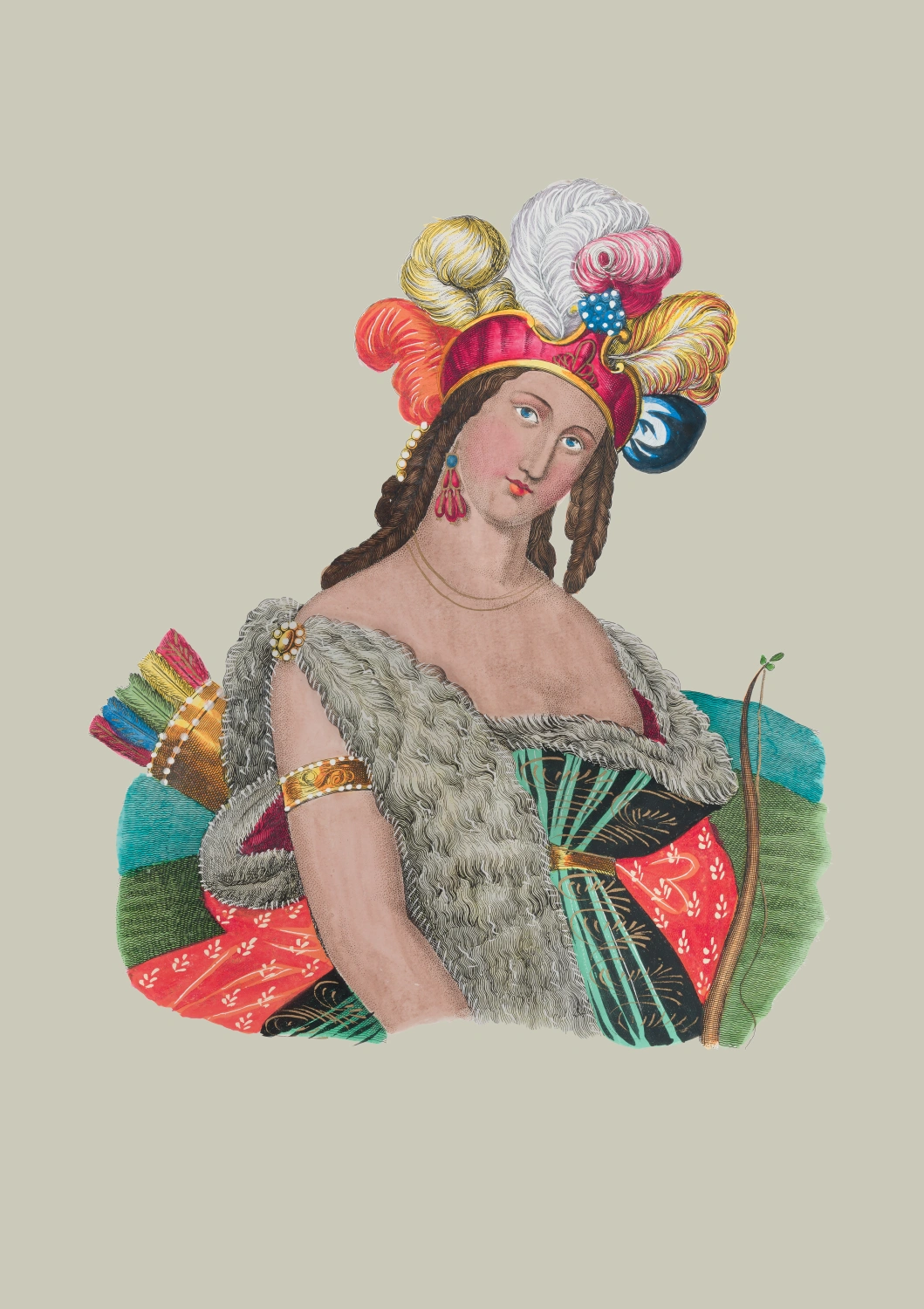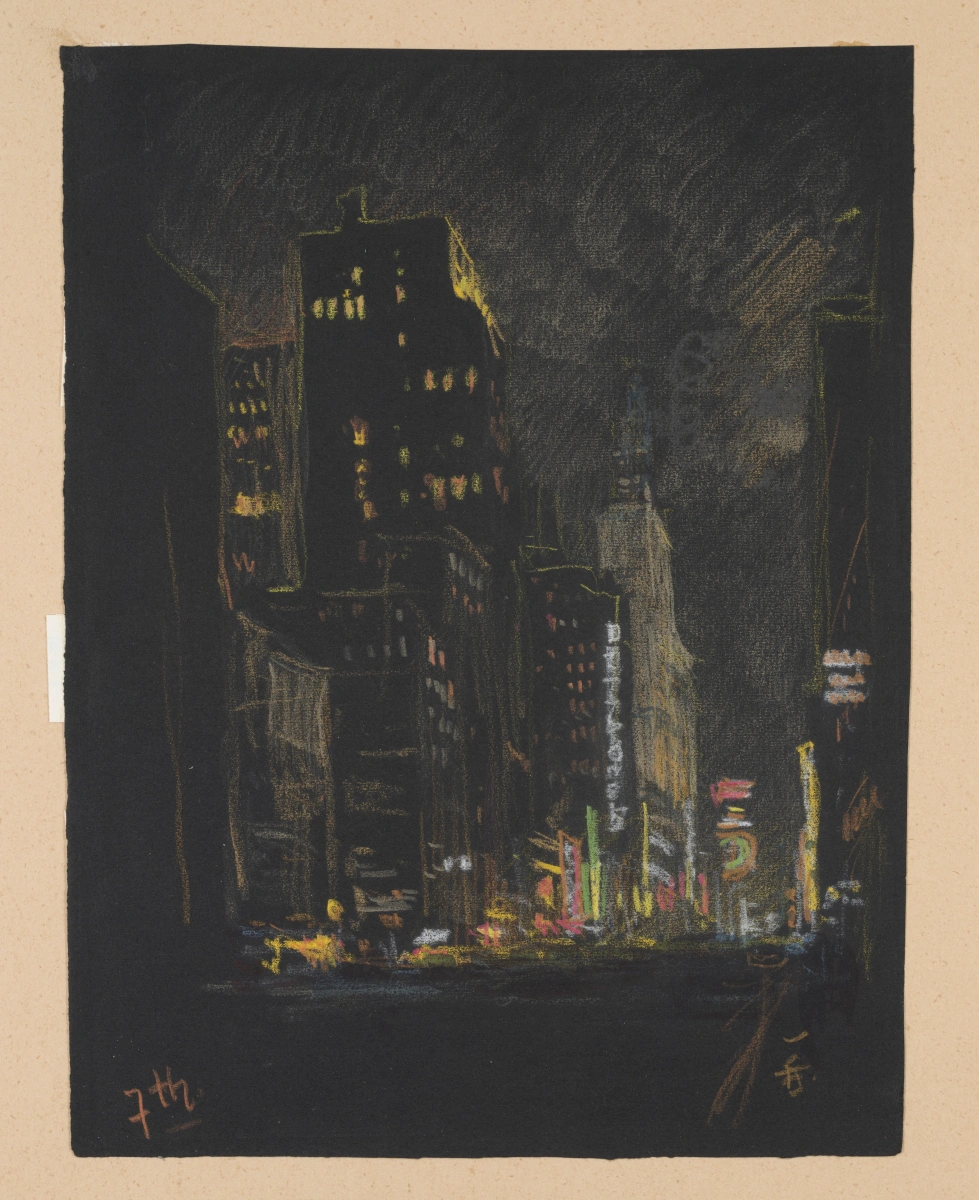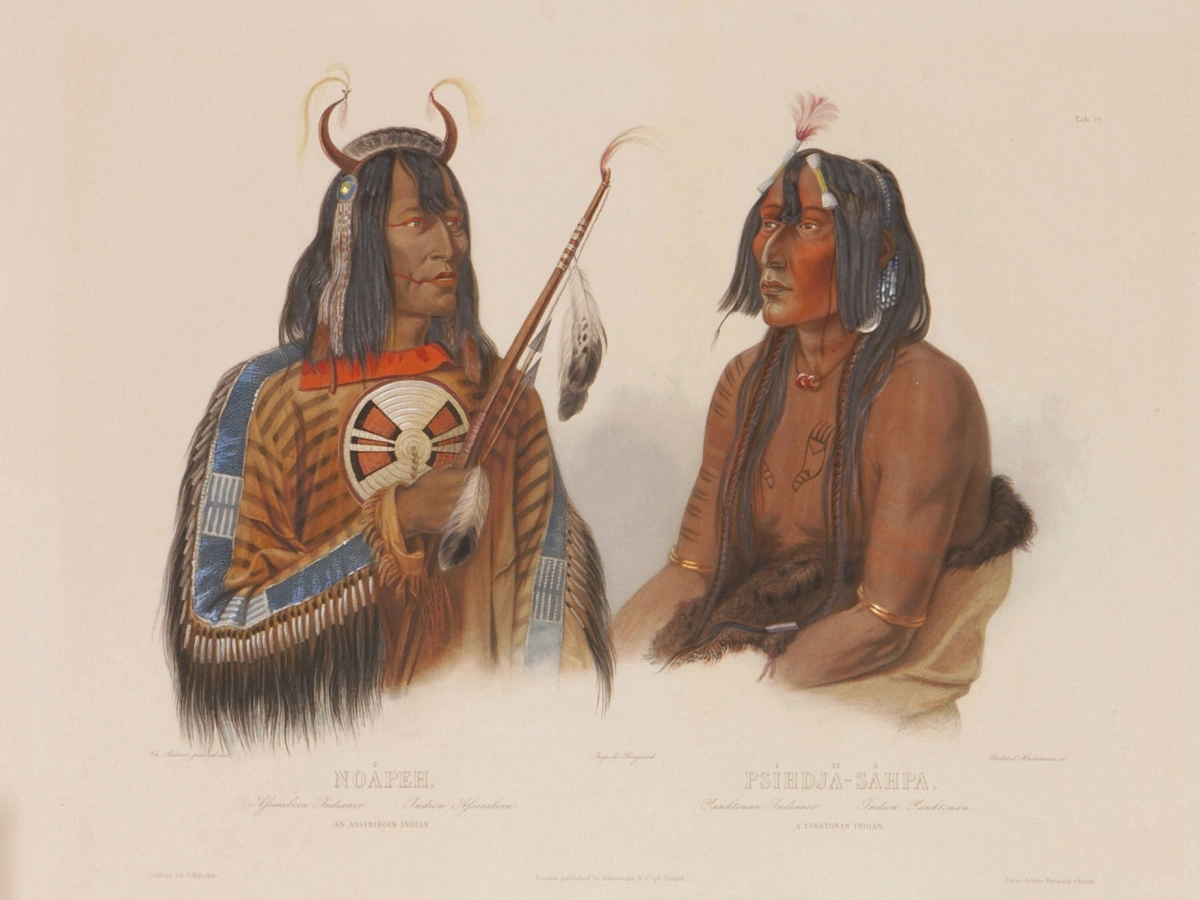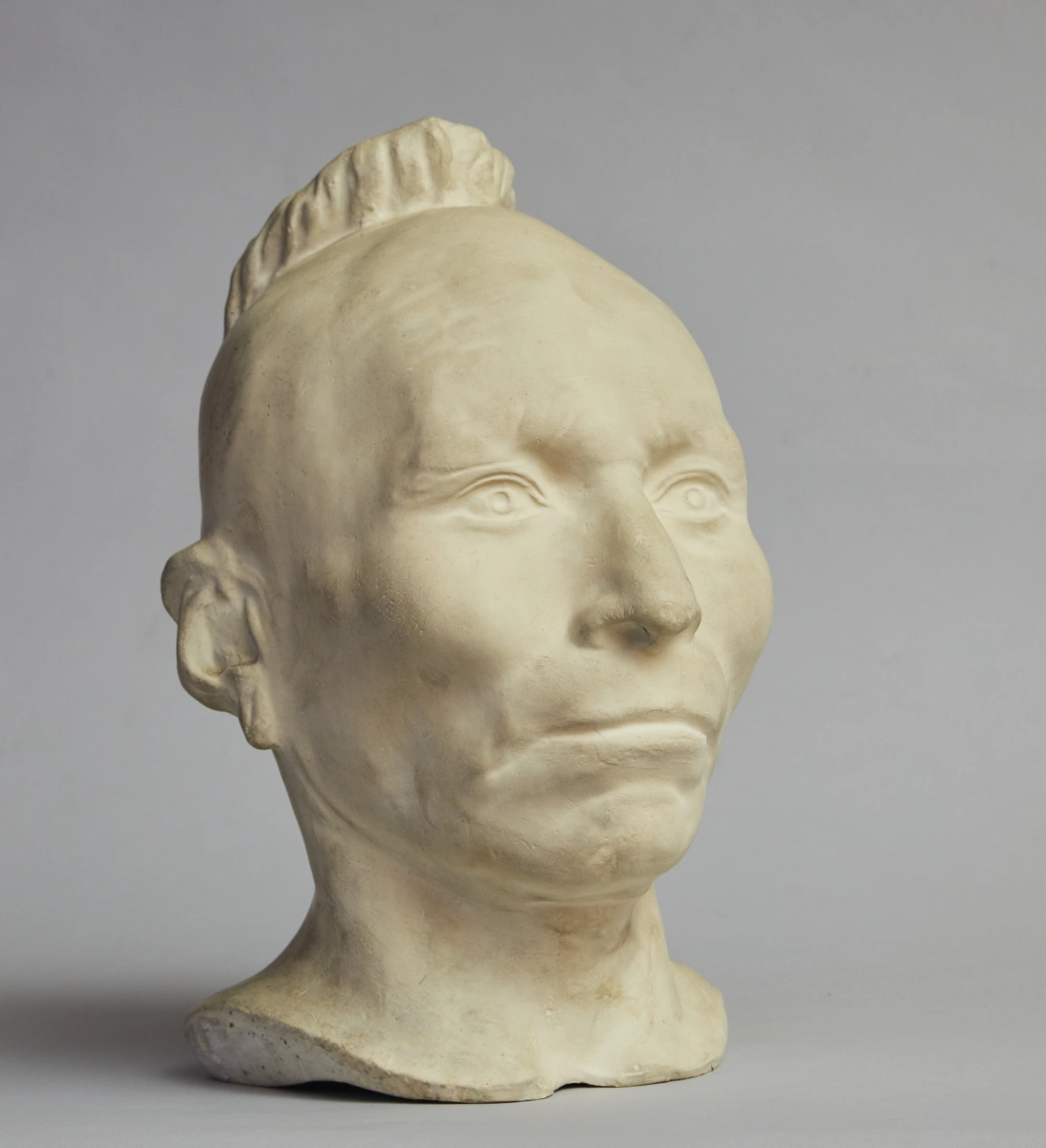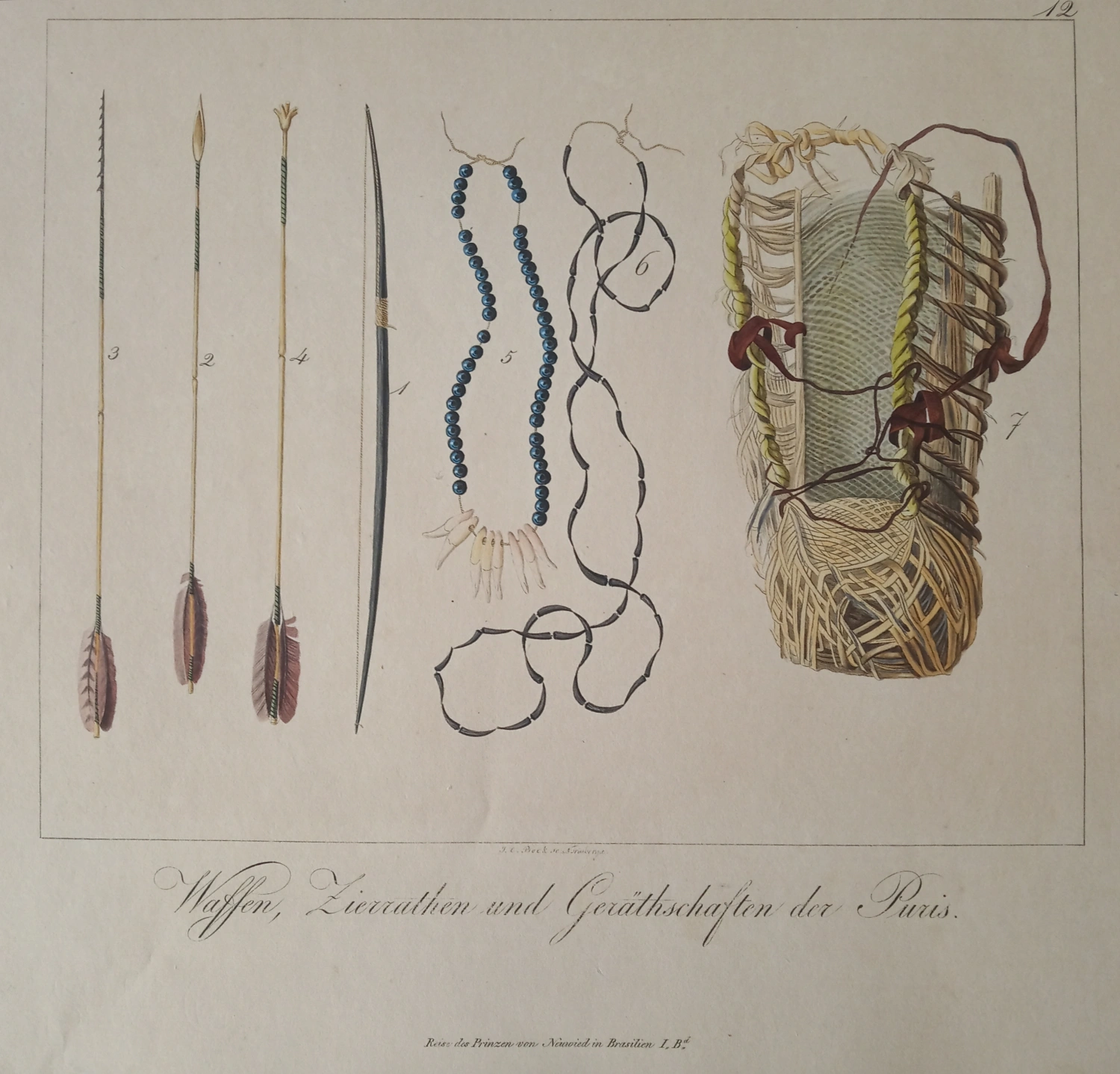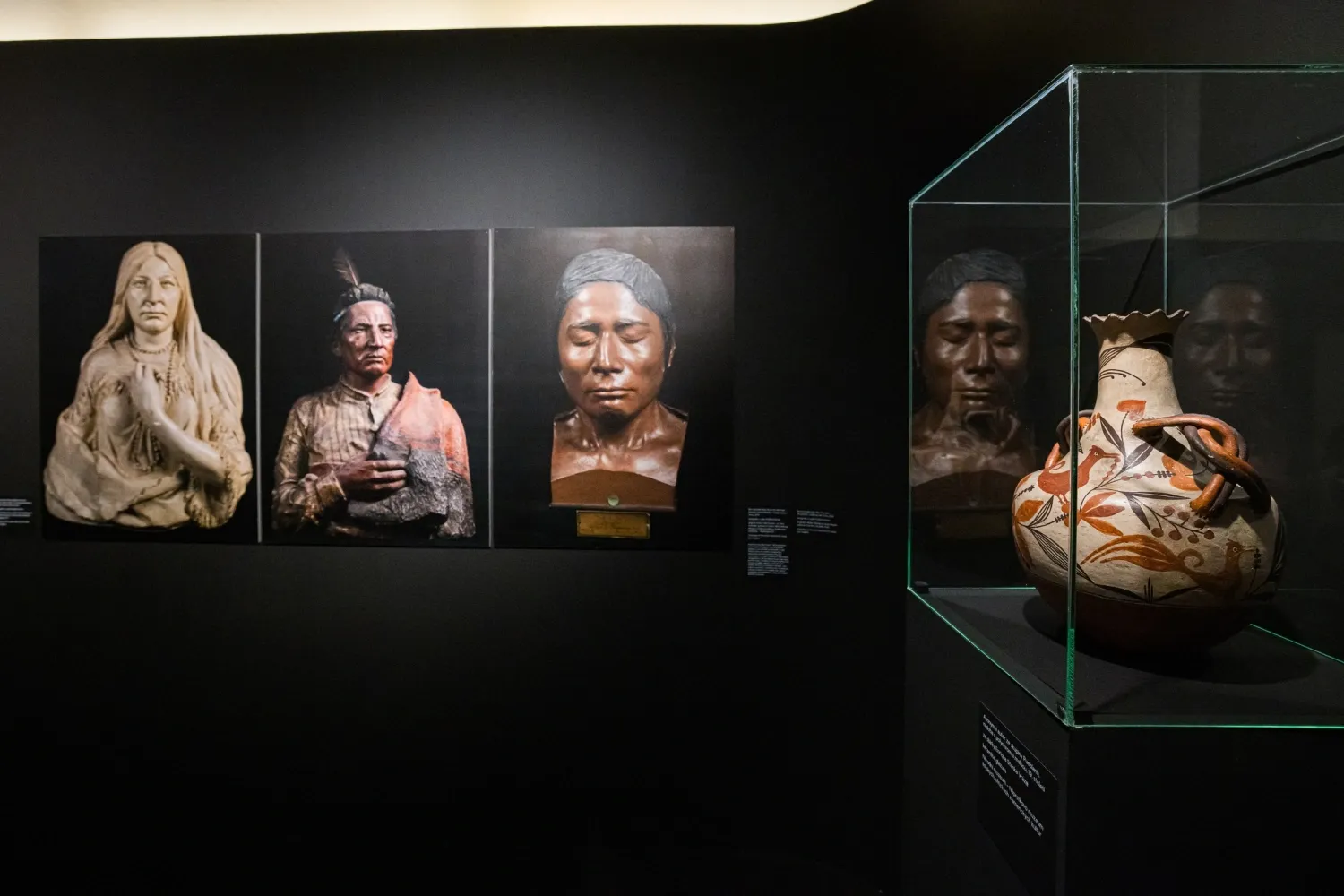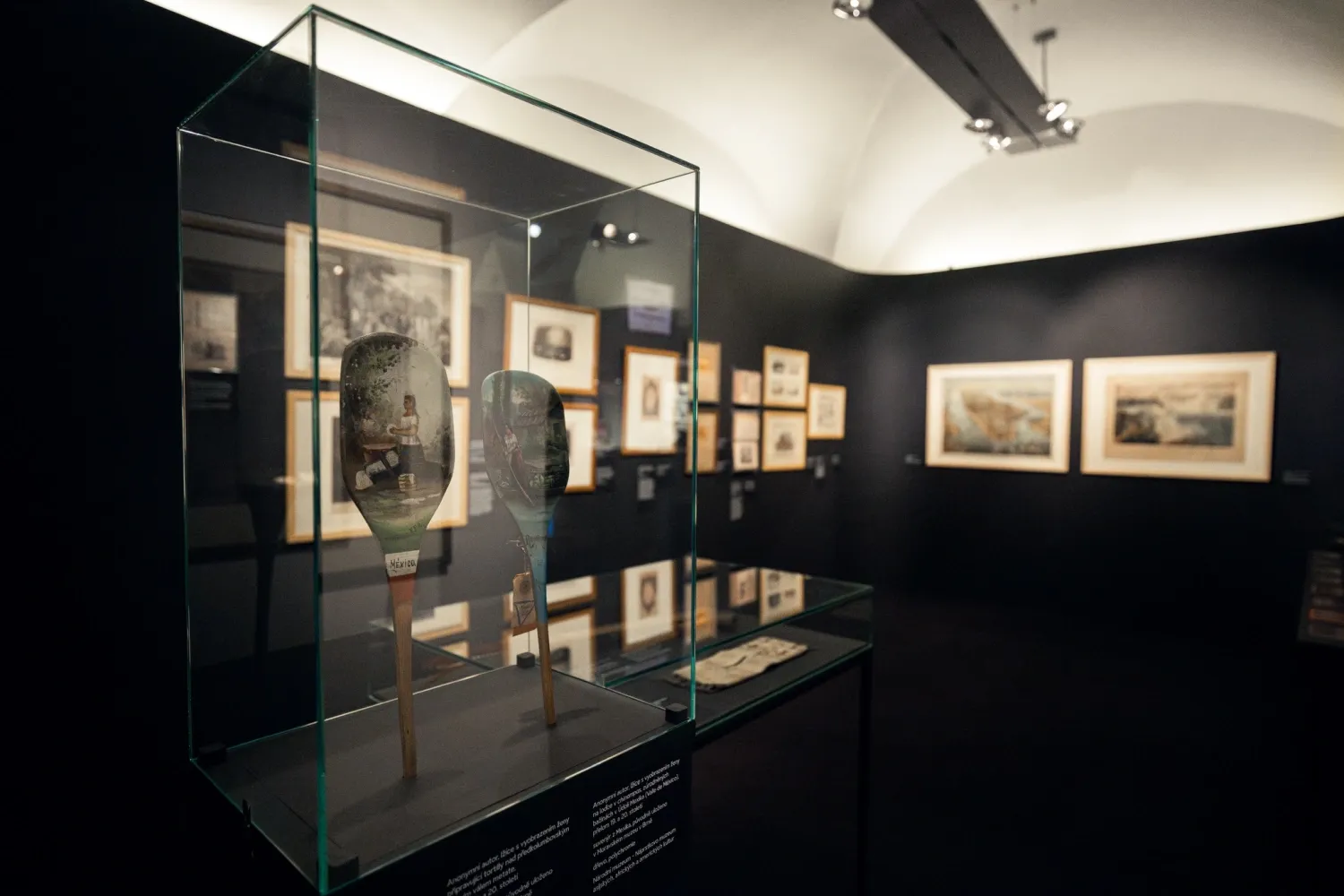Between Wilderness and Delirious Megalopolis: American Experience of Central Europeans in 19th Century Visual Culture
Both first-hand experience from trips to America and mediated reports about the life and situation there led to the formation of an image in the collective imagination of Central Europeans that not necessarily matched with reality: it included highly idealised or stereotyped attitudes. Encounters with new experience, native nations, and an unusual environment led to the visualisation of America as a ‘wild continent’, but also a land of unlimited technological progress and unsuspected life opportunities in both positive and negative sense of the word.
The accounts of travellers, immigrants and visitors to America resonated in the visual arts and visual culture of the Czech lands in the context of the late Habsburg dual empire, as they did throughout Central Europe. Records from the first journeys, encounters with the native nations and imports of artefacts related to their culture aroused interest with their novel visuality. Alongside enthusiasm and admiration for the newly discovered lands, a critical view of social reality and living conditions, as well as of colonial relations, was gradually taking shape, as elsewhere in Europe. Thus, the visualisation of the idealised and disappearing world of the ‘Indians’, accompanied by presentations of ethnographic artefacts or even the native people themselves, acquired an air of melancholy. This was sharply juxtaposed with the fascination with modern lifestyle, democratic institutions and the technological advances of white American civilization, which took on a completely different visual form.
The exhibition will present this dual perspective on North and South America in Central Europe. The exhibits will encompass a diverse array of artistic media, including painting, prints, drawing, and sculpture, as well as posters, books, illustrated journals, popular imagery, and photographs. Additionally, the exhibition will feature a selection of ethnographic artefacts collected and imported by travellers. In addition to works by prominent Czech artists such as Mikoláš Aleš, Alfons Mucha and František Kupka, the exhibition will also feature objects from the collections of notable collectors such as Vojta Náprstek, Klementina Kalašová and Enrique Stanko Vráz. Furthermore, it will include lesser-known works from Czech and German collections.
